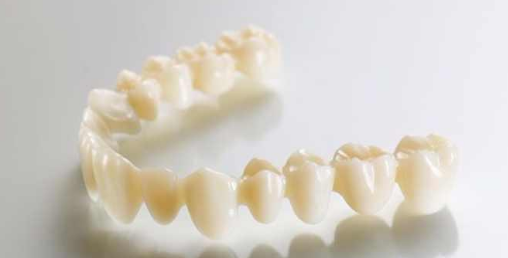—A Practical Guide for Dental Laboratories and Clinics

I. First, Ask "What to Use," Then "What to Buy"
There's no one-size-fits-all zirconia material. Think of it like a sneaker: marathon runners wouldn't wear basketball shoes, and those constructing long bridges shouldn't settle for high-transparency veneers. First, categorize cases into three categories:
1. Single anterior tooth or inlay—Strive for transparency, sufficient strength is sufficient;
2. Three-unit posterior bridge—Strength and transparency are balanced;
3. Long bridges, implant bridges, or those with limited occlusal space—Strength must be maximized, with transparency a secondary consideration.
Focus on the scenario so you don't get confused by the subsequent specifications.
II. Five Key Specifications—Don't Miss Any
1. Flexural Strength: Long bridges should not be less than 800 MPa; single bridges can be relaxed to 500 MPa.
2. Fracture Toughness: Materials with a strength below 5 MPa·m½ are immediately excluded from long bridges.
3. Translucency: The aesthetic area of the anterior teeth must allow at least 40% of visible light to pass through a 1 mm thickness.
4. Sintered Density: Edges below 6.0 g/cm³ will crumble like a cookie.
5. Low-Temperature Aging: Hydrothermal treatment at 134°C for five hours, with the monoclinic phase conversion rate controlled to less than one-quarter, will prevent "powdering" after ten years.
III. Three-Minute Laboratory Quick Test Method
Step 1: Use the naked eye with a 10x magnifying glass to inspect for pores, discoloration, and cracks. Defective products can be eliminated in ten seconds.
Step 2: Weigh using an electronic balance using the water immersion method to calculate the density. This confirms whether the embryo is dense in just three minutes.
Step 3: High-speed milling with a 0.8 mm needle for 30 seconds. If edge chipping exceeds 20 microns, return the product immediately.
If the quick test fails, don't keep it, no matter how cheap it is.
IV. Four Commonly Overlooked Landmines
1. Batch Stability: If the flexural strength fluctuates by more than 5% over three consecutive months of quality inspection reports, change suppliers.
2. Shrinkage Compensation: If the original manufacturer fails to provide a 20%-22% milling compensation, the milled parts will either be "a size smaller" or "a size larger."
3. Coloring: Pre-coloring is convenient, but color differences between A2 batches may be visible to the naked eye; external coloring with white blocks is more stable but tests the technician's skills.
4. Warranty: Brands that offer a 5-10 year after-sales service guarantee and require regular case submission are truly credible.
Summary: Pin case grading, indicator comparisons, rapid testing procedures, and quality assurance documents on the wall of the milling room. Let every "click" become a thank you from the patient ten years from now.